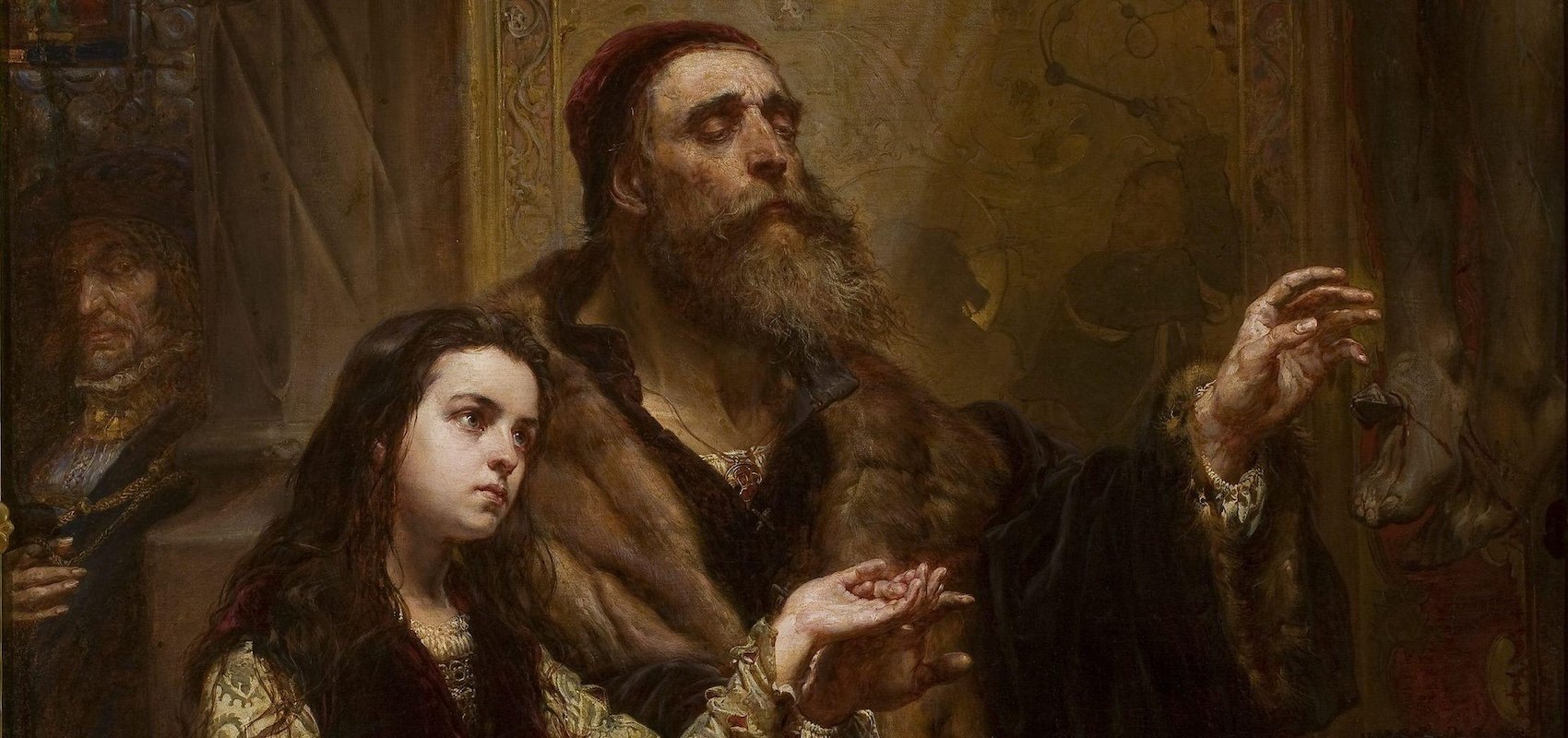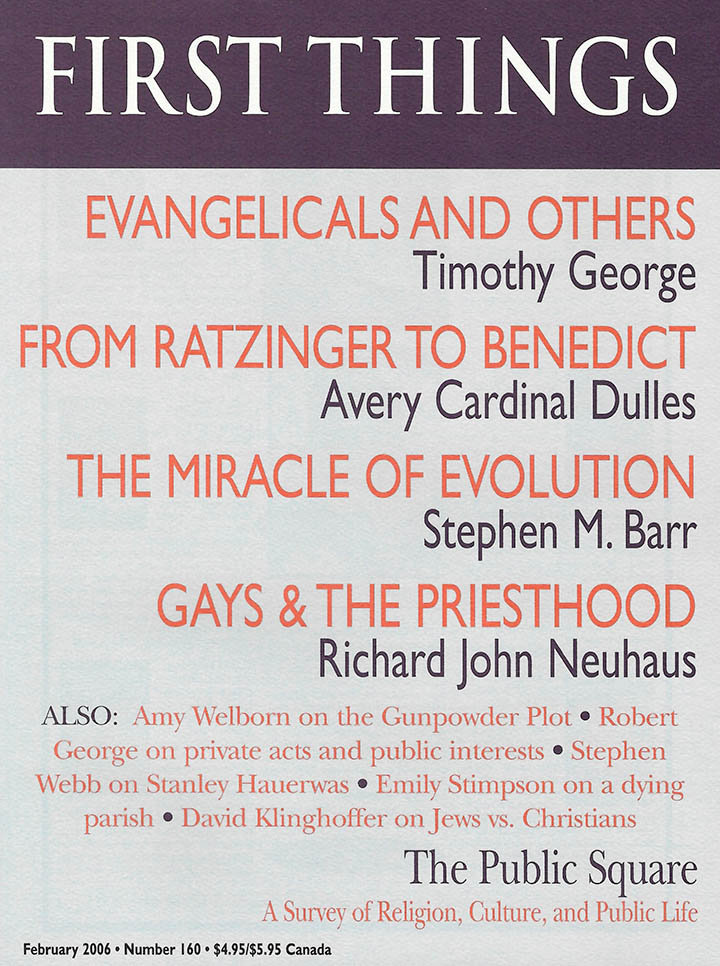
It was built by Polish immigrants—workers in the steel mill and the glass factory that sat along the bend in the Ohio River. The Poles were poor, poorer than the Irishmen who built St. Peter’s less than a quarter of a mile away, and poorer even than the Italians who erected Holy Name Parish on the opposite side of town.
Their poverty was evident in the church’s pillars, made of wood not marble. Pine not oak went into the construction of the long pews lining the center aisle. Some skilled artisan, however, with tricks of paint and stain, did give the pews the look of tightly grained oak. His work was good. Only now, ninety-five years later, do chips in the paint reveal the secret.
The parishioners spent their money wisely—money that would have gone towards meat for their Sunday dinners, new coats for their wives, and sweets for their children if not for their dream of a Polish parish. They splurged on the stained glass, with its images from the Bible glowing in red, purple, and gold. The statues and the high altar that filled the narrow sanctuary were also extravagances.
On Sundays, the Polish parents would bundle their American children in layers of wool to protect them from the winds and the wet of the Ohio winter. Or they would wrestle them into their Sunday best, defying the stifling heat, thick with the river and the stench from the mills. Then, as a family, they would walk up the hill to St. Stanislas Catholic Church.
They didn’t have far to walk. The Poles had built their parish in the midst of their own neighborhood, tiny bungalows and four-squares crowded close on either side of narrow streets. Perched halfway up the hill, between the overflowing downtown and the new developments on the bluffs, the parish towered over all the city’s other churches—Protestant and Catholic alike. Inside their church, named after their homeland’s greatest saint, they heard the gospel read in their native tongue and sang the hymns of their grandfathers. Inside, they were home.
The years passed. The wives’ coats grew thinner still as they launched the building fund for the new school. Spacious classrooms, a crucifix over every door, and rows of desks for little children whose last names contained an excessive number of consonants—that was their second dream. When it finally opened, it was staffed by an army of nuns, kind and stern, young and old, all in black.
More years passed. More baptisms, more weddings, more funerals. They put a kitchen in the basement and outfitted the classrooms with microscopes and maps. Their American children grew up and grew wealthy. Those were the days when “steel was king,” but, slowly, the neighborhood started to change. The American children’s children moved away from the valley and the bluffs, where the smell of steel still lingered. Two miles away the air was cleaner and the homes were newer. At first, they drove back to the church their grandparents built, but the narrow streets had little room for their Chevys and their Buicks. Parking below the hill and walking up was not convenient. So they joined the new parish by their new homes, the one made of glass and steel. Then came the upheaval of the 1960s and 1970s, and along with it a series of pastors who didn’t know the old ways. They took down the high altar, sold the statues, and ripped out the altar rails. The candles stopped burning. The choir loft stood empty. The organ was silent.
More years. More funerals. Precious few baptisms. Steel was no longer king. The school closed when there were not enough children to fill the desks. The bishop shut up the rectory, and the parish began to share a priest with the Irish parish. Daily Masses stopped. One Sunday Mass remained. And the faithful remnant scattered in the pews were too poor, too old, and too few to think of bringing back the statues and the high altar for which their parents had sacrificed countless ginger drops and ice cream sodas so many years ago.
This Sunday, if you walked into St. Stan’s around 9:30 A.M., you would see two to three dozen parishioners, gray-haired and bent; one, maybe two young families who for one reason or another weren’t going to the 11:00 Mass at St. Peter’s; and several pews filled with young people in their twenties and early thirties, attractive, stylishly dressed, decidedly out of place. Those young people properly belong ten blocks away, in the chapel of Franciscan University of Steubenville. They have come to this otherwise forgotten corner of the Ohio Valley to study and work at the school, a sort of Mecca for the American Catholic faithful.
While they pray in the silence of St. Stanislas, alongside grandmothers in polyester pants and grandfathers in short-sleeved shirts and ties, their peers are packed into Christ the King Chapel. A dozen priests line the sanctuary and the singing echoes in the street. Inside the chapel, the faith is visibly alive. It is an eclectic harmony of crying eyes and praying hands, of bohemian skirts, worn flip-flops, and brown scapulars, of contemporary Christian music and ancient liturgical rites. It is the universal Church, new every morning. The young people come from every state in the nation, the descendants of immigrants from the East and West, North and South. They are converts, reverts, and lifelong Catholics. They are passionate about their faith, and they know nothing of Catholic ghettos and Polish hymns.
There are hundreds if not thousands of St. Stanislases scattered across America—immigrant parishes whose days are ending. But there are few who stand so close to this newer, younger, untamed Catholicism. To see them both, to walk from one to the other, is to stand between two ages. Or perhaps, more accurately, it is to stand at the point where one age gives way to the next.
And in a way, that’s why the small band of young adults makes their way to St. Stanislas each week. Because they know what was is passing away. And they want to hold on to it for just a little bit longer. Not because they reject the new. Rather, they hold on because, while they still can, they want to understand what was best and most beautiful in the last age—the age where for a few glorious decades churches like St. Stanislas embodied the Catholic faith in America.
They know the practice of the faith was no more perfect then than it is now. Clericalism and a dry scholasticism drained much of its vitality away. Culture, not catechesis, was the framework that held the immigrant American Catholic Church together. And when the culture collapsed, so did the faith of a generation. But, for all those problems, it was a beautiful chapter in the life of the Church, filled with simple faith, devotion, and sacrifice. There were many babies and many nuns, many people willing to give for the Christ they adored. There were men and women who saw in their humble little parish a glimpse of heaven.
Ninety-five years have passed since St. Stanislas was built. And this year will be its last. A few months ago, the bishop of Steubenville announced that soon the doors of the parish will close forever. A few hundred immigrants’ dream will then stand empty until the day the wrecking ball comes and the diocese sells the property back to the city. It was a beautiful dream while it lasted, and in the hearts of those who learned from it, the heart of the dream—the sacrifice of the faithful and the poetry of a parish—will linger still.
Emily Stimpson lives in Steubenville, Ohio, where she writes for Franciscan University’s magazine, Franciscan Way, and for Our Sunday Visitor.
I With You Am
Forty days after his resurrection, Jesus meets the remaining eleven disciples on a mountain in Galilee. He…
What Does The Practice of the Presence of God Reveal About Leo?
In a recent in-flight interview, Pope Leo mentioned that Brother Lawrence’s The Practice of the Presence of…
The Sabbath is Back! (ft. J. J. Kimche)
In this episode, J. J. Kimche joins R. R. Reno on The Editor’s Desk to talk about…


